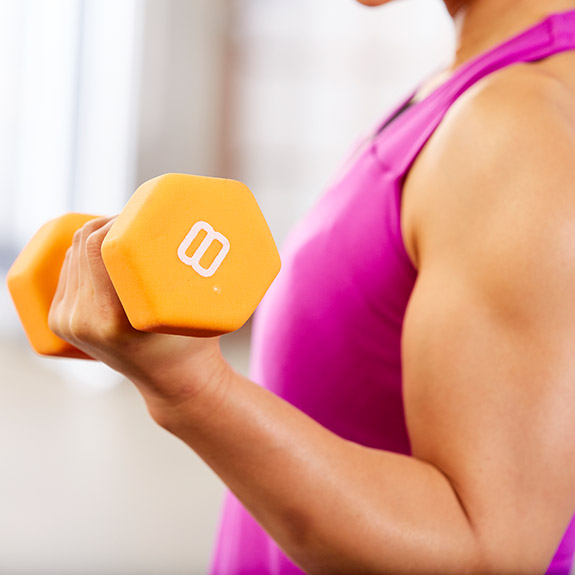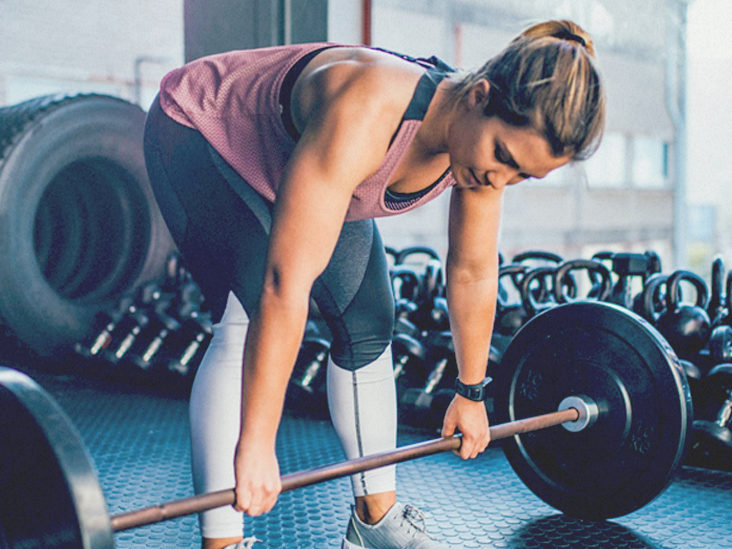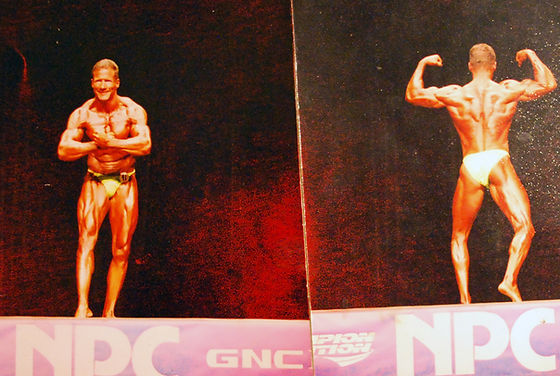
An entire leg workout will include exercises to target different muscle fibres. The lateral lunge is one example of these exercises. Another example is the single leg, walking, or walking lunge. Start by bending your knee at the front, putting the weight through the front of your heel and then lowering your back knee. You will place the weight in this position on the sole of your foot and the ball of your foot.
lateral lunge
The lateral lunge is an excellent way to get a full leg workout, as well as develop strength and endurance. You can do it in many ways. To enhance your movement, you can hold on to something to balance yourself.

Single leg squat
Single leg squat is a basic leg exercise. You can sit on a bench and raise your leg while lifting dumbbells. It is important to keep your form and balance intact throughout the exercise.
Walking lunge
Walking lunge is an easy exercise that will give your legs some serious work. It works the glutes, hamstrings, and quads. This whole-body exercise will also strengthen your core. Begin by standing with your feet apart, keeping your hips in line. Hold a dumbbell or a barbell in front of you. Swing your torso to the left and then back to center. Repeat with the opposite leg. Repeat each set two or three times.
Glute bridges
Glute bridges help to activate and stabilize the glutes. This single-leg exercise targets your gluteus maximumus as well your hamstrings. The resistance band can also be helpful in activating the glute medius.
Squats
You should do the Complete Leg Workout with Squats at least twice per week. If possible, you can do it in two training sessions. You can maximize your workout's effectiveness by using the right weight and performing the correct ramp-up sets. To avoid overtraining your muscles, it is important to warm up before you begin any workout.

Leg press
The leg press is an excellent way to increase your strength and size. It can also help with muscular imbalances and injuries. A traditional leg press is where the feet are placed on a platform with your toes facing forward. This position targets mainly the quadriceps muscles. An alternate position involves placing the feet wider than hip width apart and toes pointing 45 degrees outward.
FAQ
What are resistance training exercises?
Resistance training is performed with weights and other objects. Lifting weights can strengthen your arms, shoulders and chest as well as your back, legs and core. Resistance training builds muscle mass, increases bone density, and promotes greater overall strength.
Do I need food before I exercise?
No. It doesn't matter what you eat before going to the gym. If you feel hungry after working out, it is a good idea to have a light snack like yogurt or fruit.
Does exercise cause me to lose weight?
Yes. Yes. Regular exercise can help you lose weight and burn extra calories. Exercising can increase your metabolism so that you can burn calories even when you're not working out.
Are there exercises I shouldn’t perform?
Before starting any new exercise program, you should consult your doctor. Some people have injuries or medical conditions that prevent them from doing certain types of exercise. You may also need special equipment or training for certain activities. Swimming, for example, requires swimming suits and access to the pool.
Do I need to get warm before going out?
Warming up before an activity reduces muscle soreness and improves performance. There are several ways to warm up. These include running, jumping ropes stretching, running and even cycling. Start slowly and gradually increase your pace and intensity.
Statistics
- Physical activity confers the following maternal and fetal health benefits: a decreased risk of pre-eclampsia, gestational hypertension, gestational diabetes (for example, 30% reduction in risk) (who.int)
- An estimated 110,000 deaths per year could be prevented (cdc.gov)
- According to the Centers for Disease Control and Prevention, chronic diseases cause 7 out of 10 deaths in the U.S., and treating chronic diseases accounts for 86% of U.S. healthcare costs. (mana.md)
- Adolescent girls were less active than adolescent boys, with 85% vs. 78% not meeting WHO recommendations of at least 60 minutes of moderate to vigorous intensity physical activity per day. (who.int)
External Links
How To
How to Burn Belly Fats Quicker
Belly Fat is often considered a problem for those who want to lose weight. When you stop and think about it, Belly Fat can actually be a blessing. Your organs are protected by the fat around your stomach. Let's find out how to lose belly fat quickly.
Lack of exercise and stress are the main reasons we store body fat. Because of its stimulation of the production hormone cortisol, stress can make us feel hungry continuously. Cortisol can increase insulin levels in the blood. Insulin then stores excess calories as fat. Lack of sleep causes the release of adrenaline into our system, leading to increased appetite. These extra calories can easily be lost through exercise.
There are many different ways to reduce bellyfat. Any one of these can be tried, depending on how much you have to spend. These tips will help you quickly get rid of belly fat.
-
Reduce the amount of food you eat. Eat smaller meals throughout the day rather than eating three big ones. This will result in fewer calories.
-
Drink lots of water. Water helps flush out toxins from the body and keeps you hydrated. Water before each meal can help you feel fuller longer and reduce your appetite so that you don't overeat.
-
Avoid unhealthy snacks. If you're looking for quick fixes, snack foods like chips, cookies, candies, etc. This might be tempting. These fattening treats are best avoided as they have too many empty calories and sugar. Instead, choose healthy alternatives like fruits, veggies, nuts, seeds, and whole grains.
-
At least three times per semaine, do strength training. Strength training builds muscle mass which burns more calories even while resting. Strength training strengthens bones, muscles and ligaments. It can also improve the heart, lungs, joints, and other body systems.
-
Move regularly and stretch. Stretching is a great way to increase flexibility and mobility. This helps reduce back pain. Walking is great for burning calories, especially brisk walking for 30 minutes.
-
Reduce alcohol intake. Avoid alcohol.
-
Slowly lose weight. To lose weight, the first step is to determine what your current weight. Then calculate your ideal weight by adding 5% to 10% of your total body weight. Once you have calculated your target body weight, you can begin to cut calories by 500-1000 calories every day until your goal is reached.
-
Avoid processed foods. These foods are high-in salt, sugar, as well as preservatives. These processed foods are often convenient, but they lack enough nutrients for good health.
-
Don't skip breakfast! Breakfast improves concentration, memory, energy, and stamina. You should have protein (such as eggs) and fiber (such as oats) for breakfast.
-
Have regular bowel movements. Constipation and irregularity cause bloating and gas. Drink plenty of water to prevent gas and fiber ingestion.